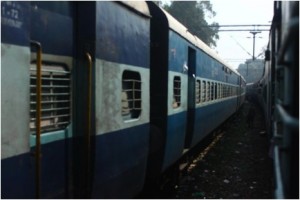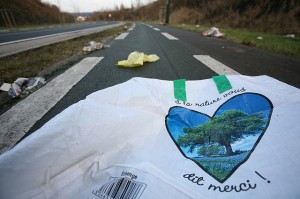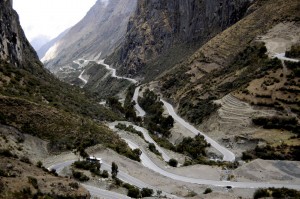Compiled jointly by the Community of European Railway and Infrastructure Companies (CER) and the International Union of Railways (UIC) Rail Transport and Environment: Facts and Figures makes a compelling case for the environmental impacts of rail compared to road or plane travel. The article clearly lays out easy to understand numbers and breaks the issues down into sections: climate change and CO2 emissions, energy efficiency, electricity mix, land take, local air pollution, noise emissions, subsidies and external cost, and core statistics from European transport. 
Rail outperforms road and air travel in almost every category. Consuming on average three to ten times less CO2 than road and air travel, rail presents a much less CO2 intensive means of transportation. Road and aviation transportation averages two to five times the amount of energy than rail transportation. Consuming fewer resources continues when the land required to run a train is examined; railway infrastructure occupies two to three times less land per passenger or freight unit than other modes of transportation. When the prospect of all electric trains are considered rail is even more appealing since electric cars and planes are not feasible on a large scale at this time. Electric trains produce no local air pollution, and if produced using renewable energy sources the electricity required to run a train does not produce the long term resource scarcities that are on the doorstep for fossil fuel powered road and air transportation.


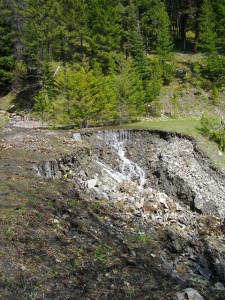

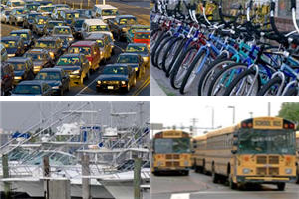
 based upon the headings in bold and links to other pages with more information. There are links to the EPA’s data on improving gas mileage, current ozone levels, and automobile emissions. This informative website succeeds at educating the general public in a clear and concise manner.
based upon the headings in bold and links to other pages with more information. There are links to the EPA’s data on improving gas mileage, current ozone levels, and automobile emissions. This informative website succeeds at educating the general public in a clear and concise manner.
